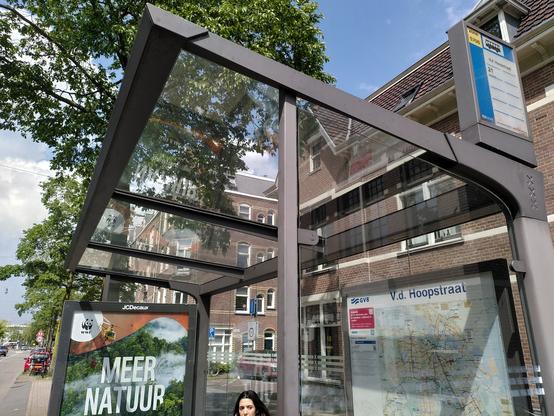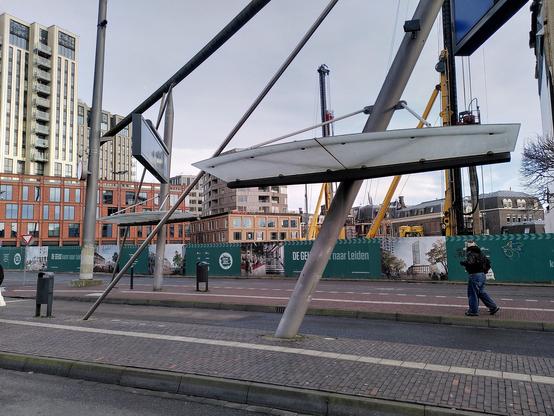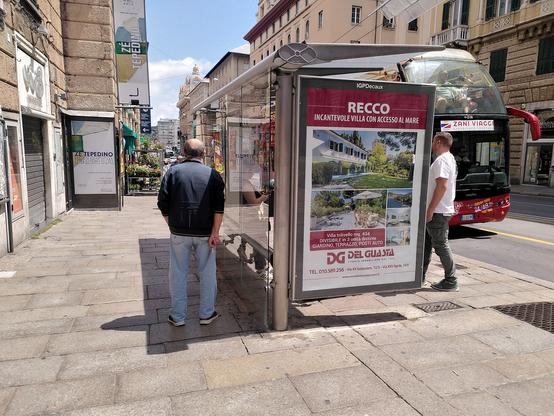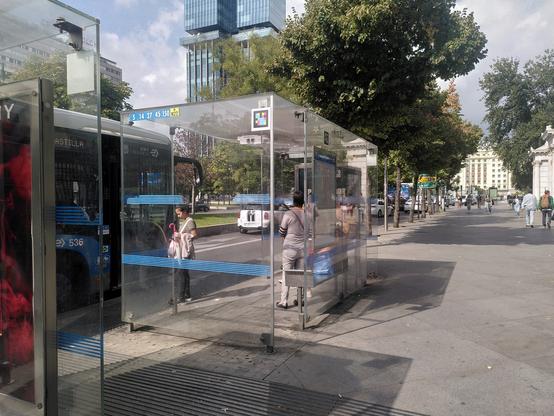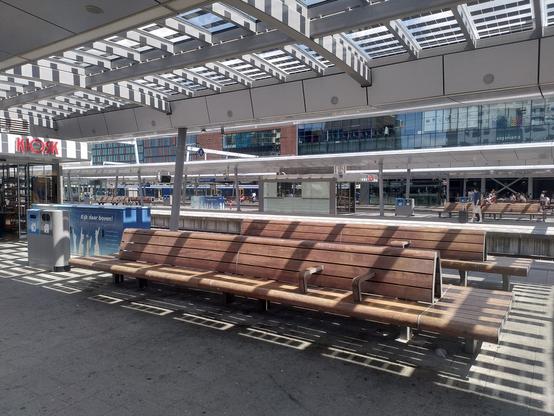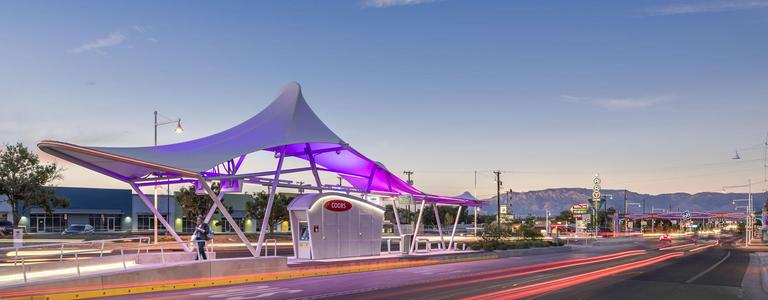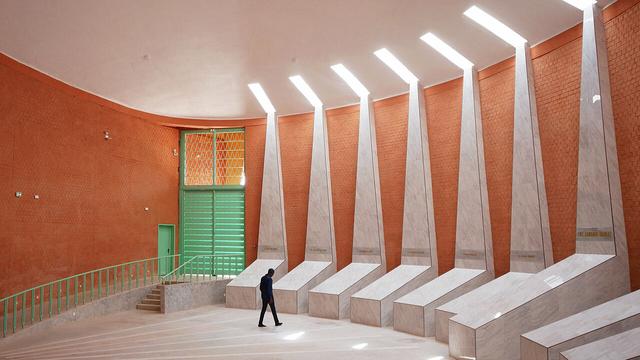The Netherlands is enacting it's national heat plan this week. With temps forecast to be as high as 35˚C in the middle of the week. We need to talk about shade. Specifically, about the way our infrastucture is not designed for the new normal of these high temperatures in the summer.
In the heat of a summers day, by far the best thing a person can do is seek shade. Alas the way we have designed our built infrastructure makes this difficult. Take for example this bus stop in Amsterdam.
1/n
